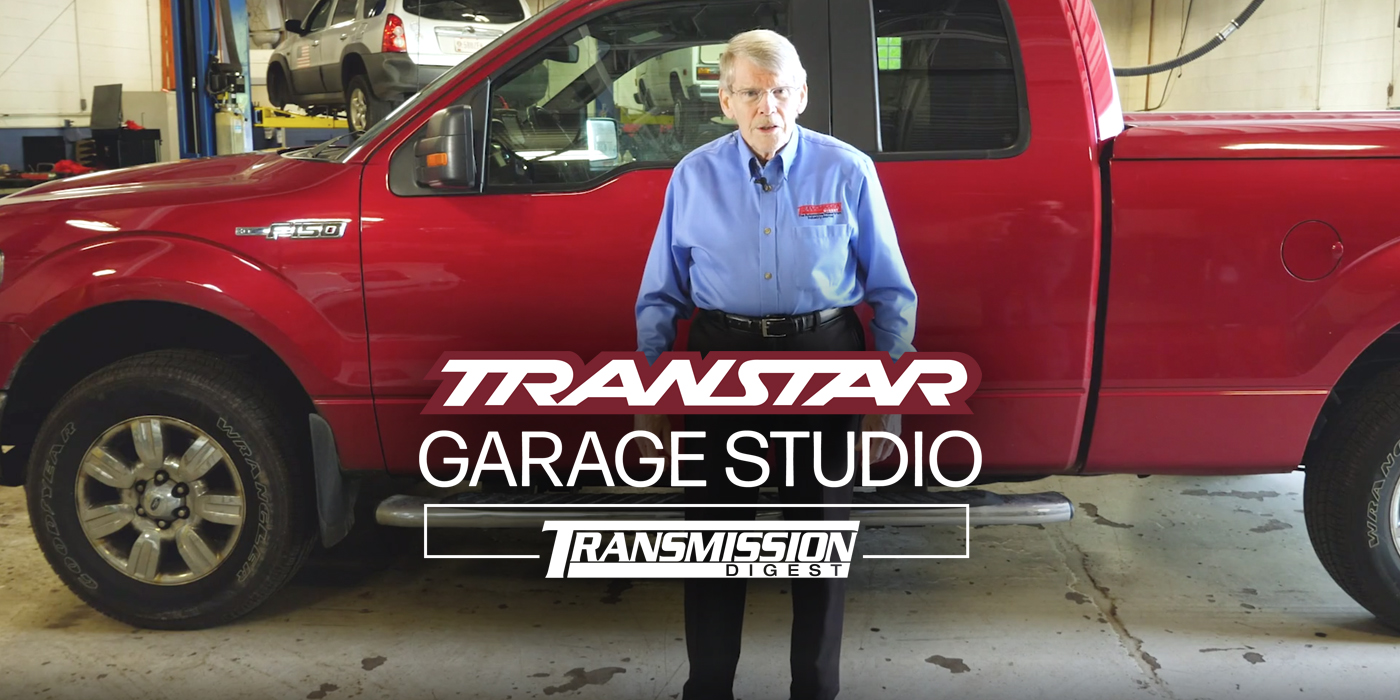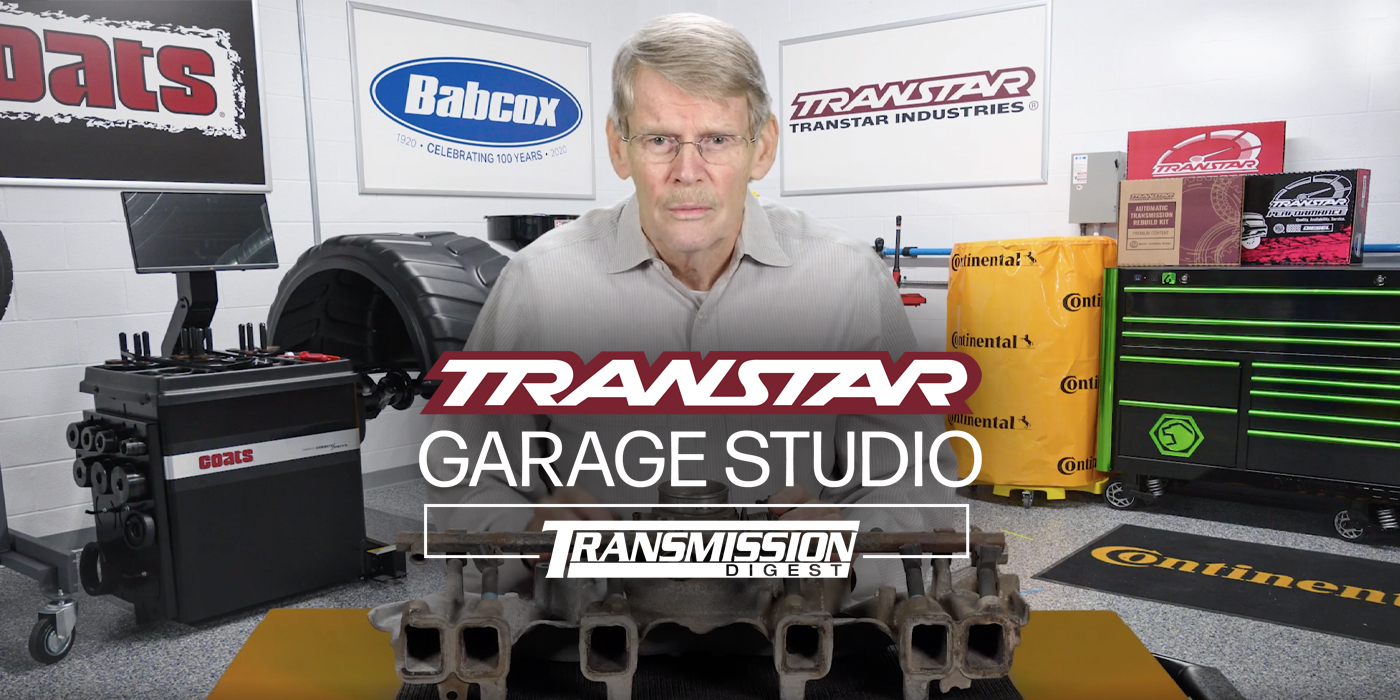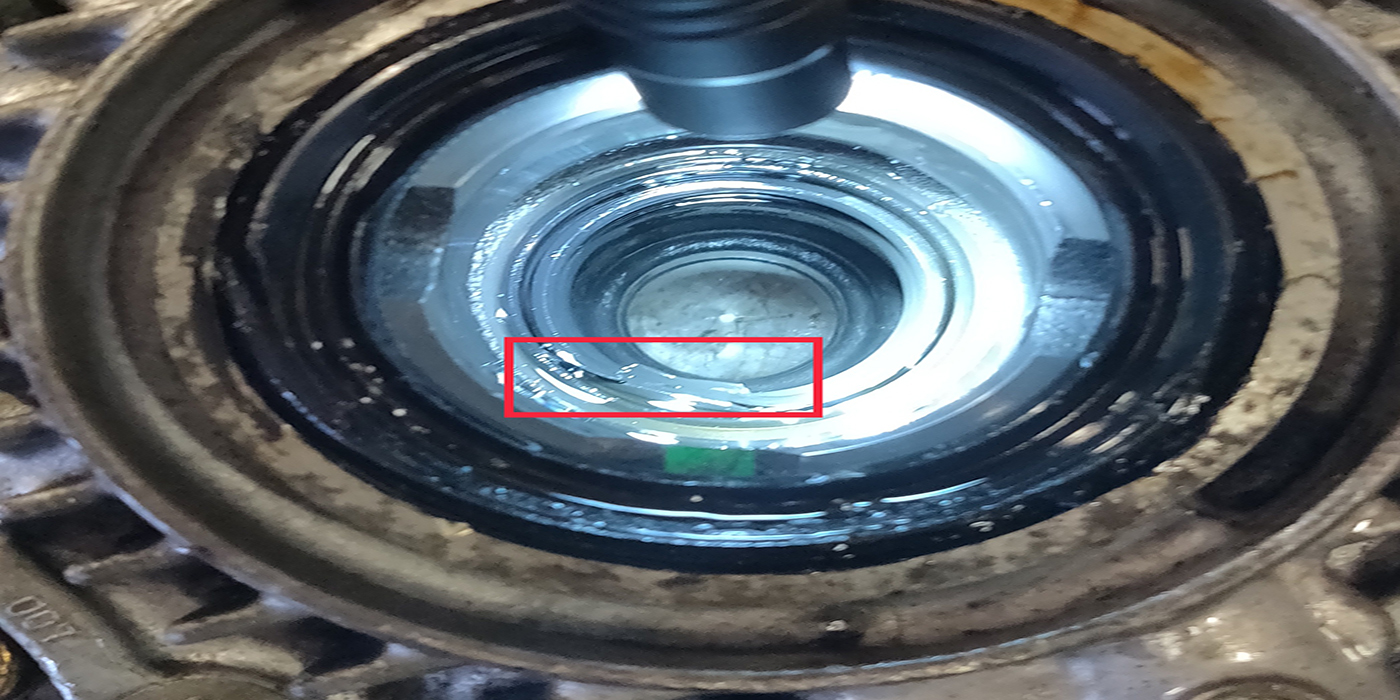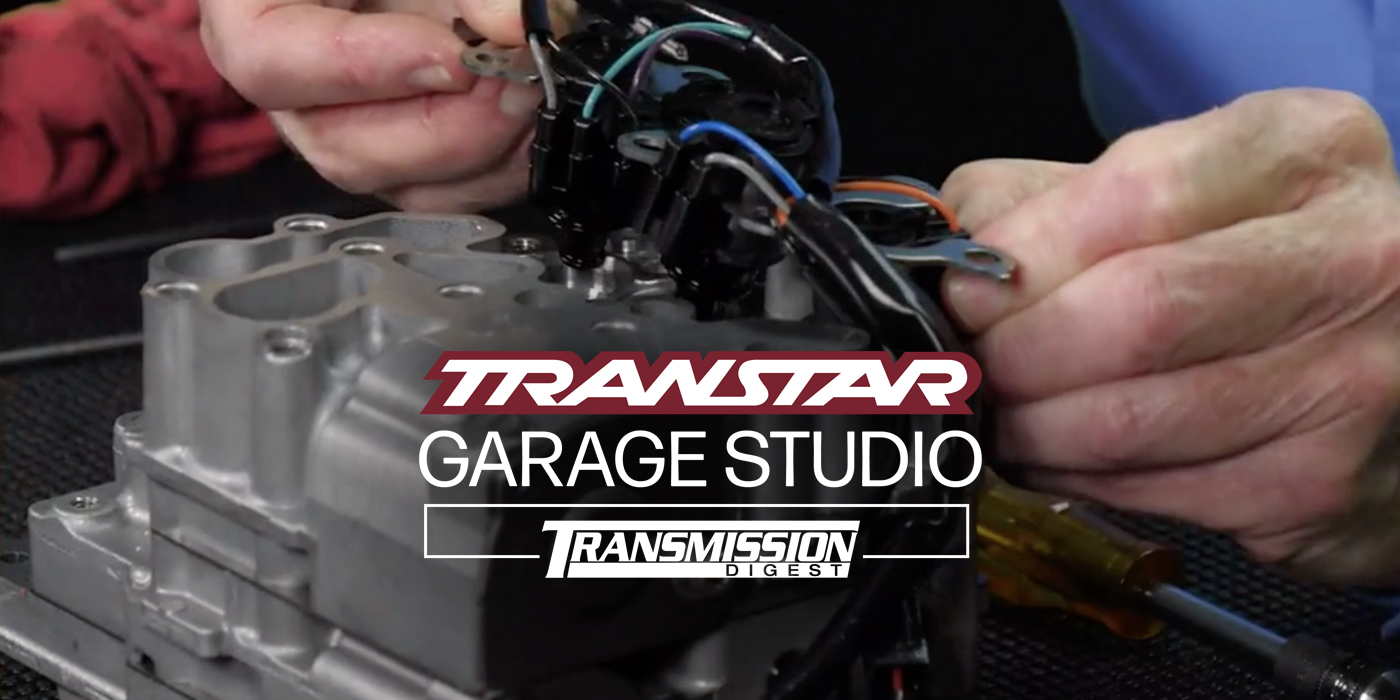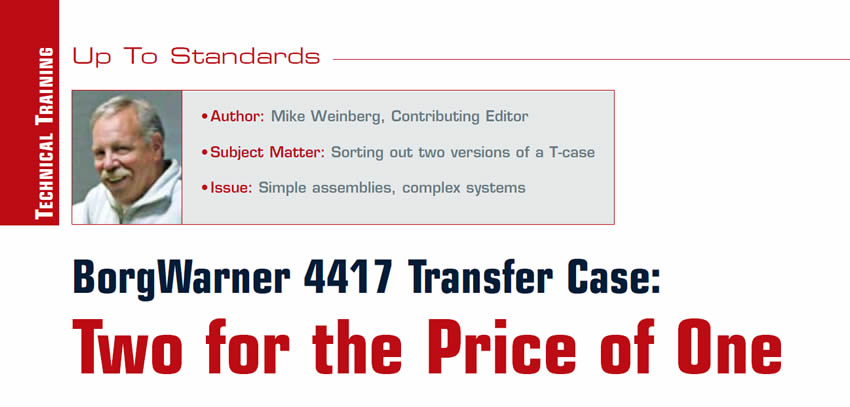
Up To Standards
- Author: Mike Weinberg
- Subject Matter: Sorting out two versions of a T-case
- Issue: Simple assemblies, complex systems
From 2008 to present, Lincoln Navigator, Expedition and Ford F-150 pickup have come with the BorgWarner 4417 transfer case. Seems simple enough but there are two models of the 4417, which can be an issue in diagnostics and obtaining parts or reman units. The Navigator is equipped with a single-speed transfer case, while the Expedition and F-150 are equipped with a 2-speed T-case, although both are 4417 models. The quick and easy way to identify what you see is to look for an electronic shift motor, which will be the 2-speed unit. The single speed unit will only have an electronic connector to operate the electronic clutch and is basically an all-wheel-drive unit that has no low-range mode. Both units are Torque on Demand (TOD), which uses computer control to apply the internal clutch pack to send power to the front wheels as commanded by the computer (Transfer Case Control Module or TCCM).
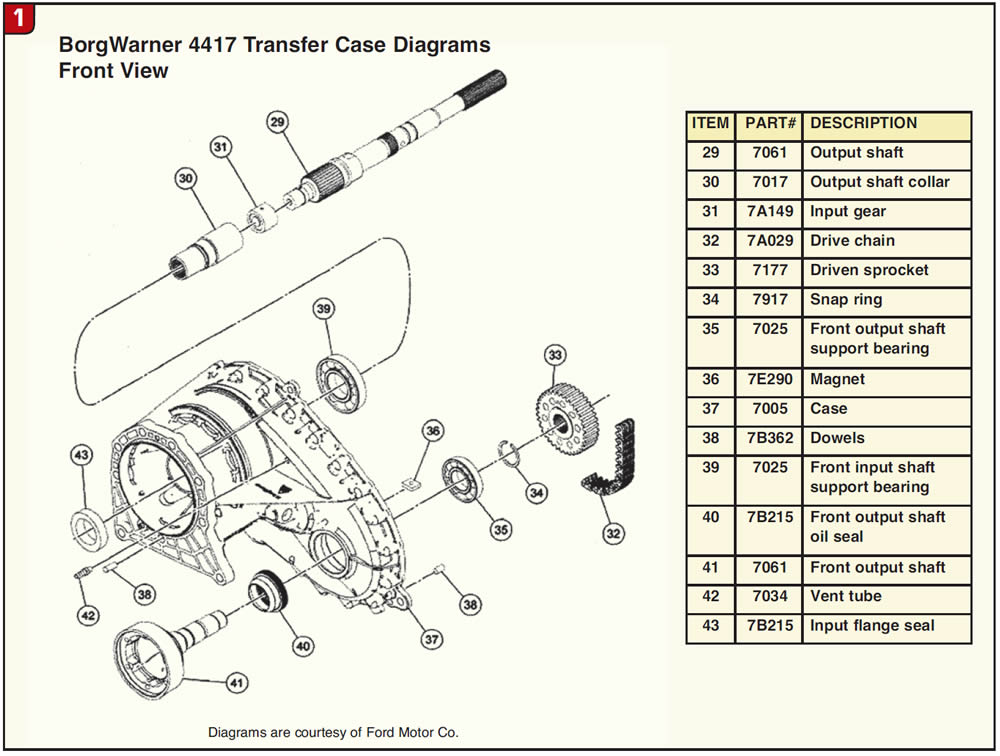
Exploring the operation of the single-speed Navigator unit, we find that the operator can select using-mode selector buttons for three operational modes: 4×2, 4×4 auto, and 4×4. The 4×2 mode allows operation in two-wheel drive with no power going to the front wheels. The 4×4 auto mode allows the TCCM to send power to the front wheels when the wheel-speed sensors show a difference in wheel speed, until the wheel speeds equalize and then the clutch pack unloads returning the vehicle to a 2WD with the power being transferred to the rear wheels. This mode is seamless for the driver, requiring no input or action from the operator, and is suitable for driving on dry pavement. The 4×4 mode locks the clutch pack on, sending power to both front and rear axles, and is only usable on snow, ice, dirt or sand where wheel slip can occur, so that driveline windup does not occur.
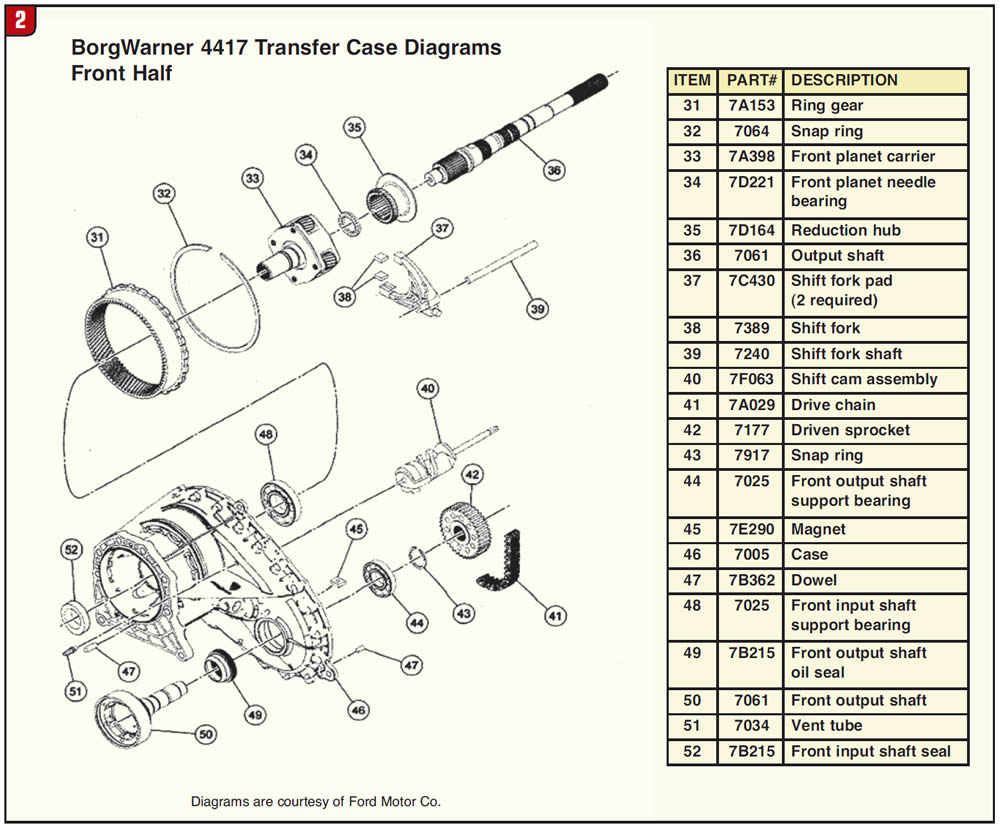
As usual, tire size and pressure on all four tires must be the same or the computer will react to what it determines is wheel slip due to the difference in wheel speed due to mismatched tires. The TCCM receives input from the APP (accelerator pedal position), steering wheel angle, and the ABS system monitoring wheel speed or slip. The TCCM transmits a PWM signal (pulse width modulate signal) to the transfer case to apply the clutch pack as torque is needed. The TCCM sends the ABS system the current duty cycle of the clutch pack and whether or not the ABS can command the duty cycle.

The ABS system talks to the transfer-case control system through the High Speed Controller Area Network (HS-CAN). Since there is always a slight difference between speeds of the front and rear drive shafts under cruising conditions on dry pavement, the TCCM will send a minimum duty cycle signal to the clutch pack so that there are no issues when turning a corner. It is obvious by looking at the transfer-case parts blowup that this is a very simple system mechanically, operated by a very sophisticated software program and a complex set of sensors and inputs from other associated systems. These are units that will require a very detailed diagnostic routine before you ever decide to remove the unit for internal inspection.
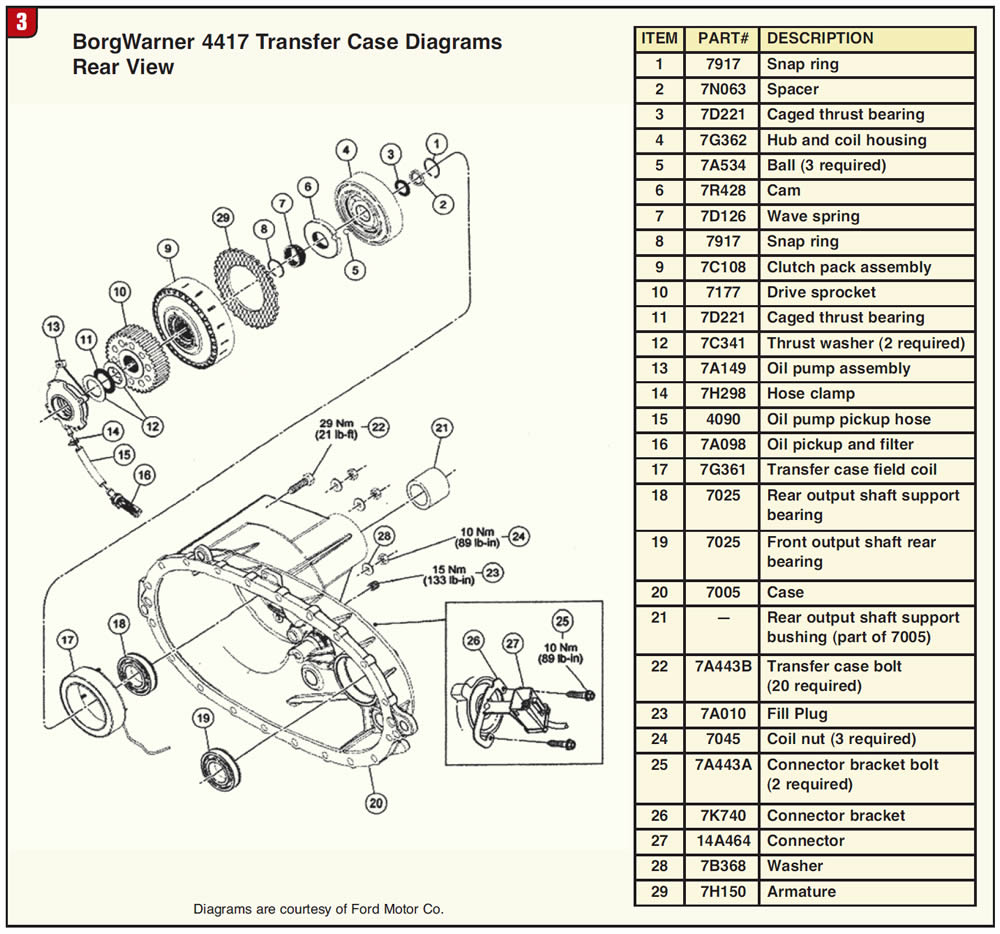
The 2-speed Expedition and F-150 models of the 4417 are very similar to the 4405 and 4411 clutch operated-transfer cases, that we are very familiar with. These units have 2WD High mode, 4WD High Mode, and a 4WD Low mode for gear reduction and off-road use. In order to select low range, the transmission should be in neutral and the vehicles speed should be less than 3km per hour. The units feature a two-piece magnesium case and are equipped with an electronic shift motor. There is a Mode Select Switch (MSS), a Transfer Case Control Module (TCCM), an Integrated Wheel End Solenoid (IWES), an IWES system, and a transfer-case shift motor. Inputs to the TCCM come from the steering-wheel angle sensor, the Accelerator Position Sensor, wheel speed monitored by the ABS system through the HS-CAN. Again the tire size and pressure must be matched on all four tires or you will go on a wild goose chase with your diagnostics.
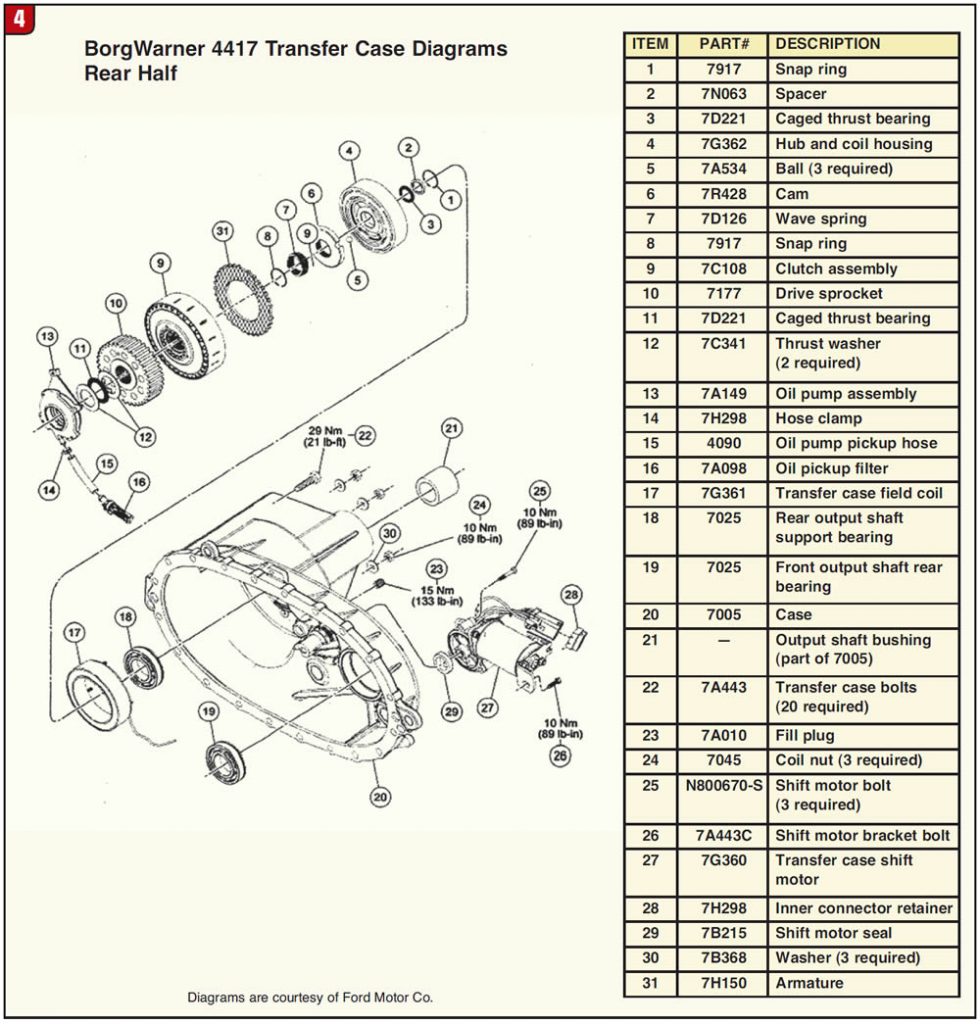
The IWES is a system that operates by vacuum the locking or disengagement of the front hubs. The system includes a vacuum reservoir, an IWE Solenoid, IWEs (vacuum locking front hubs that are spring loaded), vacuum lines, and a check valve. In 2WD the TCCM supplies a ground path to the IWE solenoid to apply vacuum to the IWEs disconnecting the front hubs from the half shafts. When 4X4 modes are selected the TCCM cancels the ground path to the IWE solenoid, and the IWEs use spring pressure to engage the front hubs to the half shafts. In my experience all vacuum systems have inherent weaknesses, and I am sure that moisture, freezing weather, various leaks or damage to the lines, reservoir or check valve will be a nightmare for the unprepared to solve.
There are almost 200 pages of diagnostic routines and trees for these transfer-case control systems. Be prepared with knowledge before you rush in where wise men approach slowly. It would take at least one or more articles to go over the diagnostics; maybe we will do that in the future. You need access however you can obtain it to work successfully on the complex systems. The transfer cases are simple mechanical assemblies; the control systems now take over our lives. This is the start of a new year. Stay healthy and be prosperous.

Mike Weinberg is president of Rockland Standard Gear.










